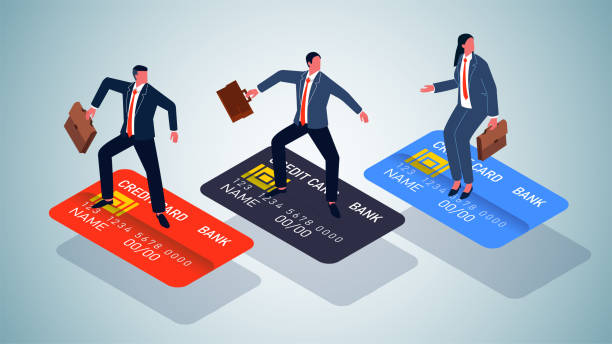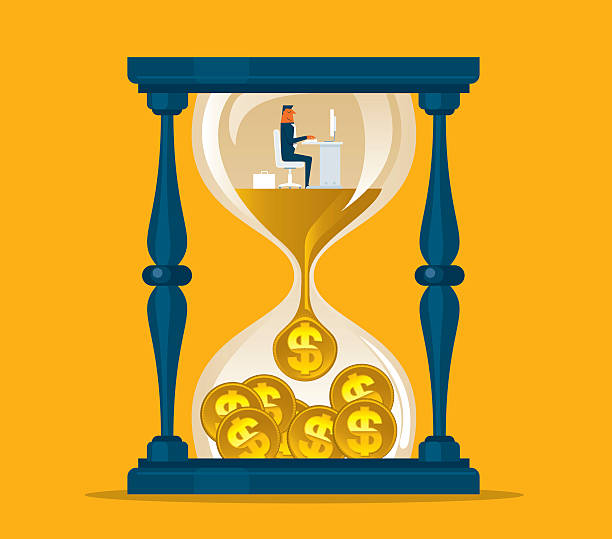Debt can feel overwhelming, but with the right strategies, you can regain control of your finances and achieve financial freedom faster. Whether you’re dealing with credit card debt, student loans, car loans, or personal loans, a structured repayment plan can help you eliminate debt efficiently.
In this guide, we’ll cover the most effective debt repayment strategies, including the Snowball Method, Avalanche Method, and Debt Consolidation, along with practical tips to help you stay motivated and debt-free.
Why Getting Out of Debt Should Be a Priority
Carrying debt is costly, especially if it has high interest rates. The longer you take to pay off debt, the more you end up paying in interest, making it harder to achieve financial goals like saving for a home, investing, or retiring comfortably.
The Benefits of Paying Off Debt Faster:
✔ Saves Money: Less interest paid over time.
✔ Reduces Financial Stress: Fewer monthly payments to worry about.
✔ Improves Credit Score: Lower debt balances boost creditworthiness.
✔ Increases Financial Freedom: More disposable income for savings and investments.
Now that you understand the importance, let’s dive into the best ways to pay off debt efficiently.
Debt Repayment Strategies

The Snowball Method (Best for Motivation)
The Debt Snowball Method, popularized by financial expert Dave Ramsey, focuses on paying off the smallest debt first while making minimum payments on the others.
How It Works:
- List all your debts from smallest to largest (regardless of interest rates).
- Pay the minimum payment on all debts except the smallest.
- Put any extra money toward the smallest debt until it’s fully paid off.
- Once the smallest debt is gone, move to the next smallest and repeat the process.
Example:
First, focus on paying off Credit Card A while making minimum payments on the others.
Once Credit Card A is gone, roll that payment into Credit Card B and so on.
✅ Why It Works: Provides quick wins, boosting motivation and momentum.
❌ Downside: You may pay more in interest if higher-interest debts remain longer.
The Avalanche Method (Best for Saving Money on Interest)
The Debt Avalanche Method focuses on paying off the highest-interest debt first, which saves money in the long run.
How It Works:
- List your debts from highest to lowest interest rate (regardless of balance).
- Pay the minimum payment on all debts except the one with the highest interest.
- Put any extra money toward the highest-interest debt until it’s paid off.
- Once it’s gone, move to the next highest-interest debt and repeat.
Example:
First, focus on Credit Card B because it has the highest interest.
Once it’s gone, move to Credit Card A and so on.
✅ Why It Works: Saves the most money in interest.
❌ Downside: It may take longer to see progress, which can be discouraging.
Debt Consolidation (Best for Simplifying Payments)
If you have multiple debts with high interest rates, debt consolidation can help you combine them into a single loan with a lower interest rate.
How It Works:
- Take out a debt consolidation loan (or balance transfer credit card).
- Use the new loan to pay off existing debts.
- Make one fixed monthly payment on the new loan, ideally at a lower interest rate.
✅ Why It Works:
Reduces the number of payments to track.
Lowers interest rates, saving money over time.
Can lower your monthly payment.
❌ Downside:
Requires good credit to qualify for a low-interest loan.
Extending the loan term could mean paying more in total interest.
Other options include:
Balance Transfer Credit Cards: 0% APR for an introductory period.
Home Equity Loans: Uses home equity but risks foreclosure.
How to Pay Off Debt Faster

No matter which strategy you choose, these tips will help you speed up your debt repayment process.
- Create a Budget & Cut Expenses
Track your income and expenses to see where you can cut unnecessary spending.
Allocate more money toward debt payments.
- Increase Your Income
Side Hustles: Freelancing, online gigs, part-time work.
Ask for a Raise: If you’ve been in your job for a while, negotiate for higher pay.
Sell Unused Items: Declutter and sell things you no longer need.
- Use Windfalls Wisely
Bonuses, tax refunds, or gifts? Put them toward your debt instead of spending them.
- Avoid New Debt
Stop using credit cards for non-essential purchases.
Avoid financing unnecessary purchases (cars, electronics).
- Refinance High-Interest Debt
If you have a high-interest loan, look into refinancing to get a lower rate.
- Stay Motivated
Track your progress: Seeing debts disappear is encouraging.
Celebrate small wins: Reward yourself (without spending money) when you pay off a debt.
Visualize a debt-free life: Imagine the freedom and financial security you’ll gain.
- When to Seek Professional Help
If you’re struggling to keep up with debt payments despite using these strategies, consider seeking help from:
Credit Counseling Agencies: They provide free or low-cost advice.
Debt Management Plans (DMPs): Agencies negotiate lower interest rates and set up structured repayment plans.
Bankruptcy (Last Resort): If debt is unmanageable, bankruptcy may be an option, but it has long-term consequences on your credit.
Final Thoughts: Your Path to Debt Freedom
Getting out of debt requires commitment, discipline, and the right strategy. Whether you choose the Snowball Method for motivation, the Avalanche Method for maximum savings, or Debt Consolidation for simplicity, the key is to take action today.
Start by choosing a strategy, setting a budget, and making extra payments whenever possible. With consistency and determination, financial freedom is within reach!

